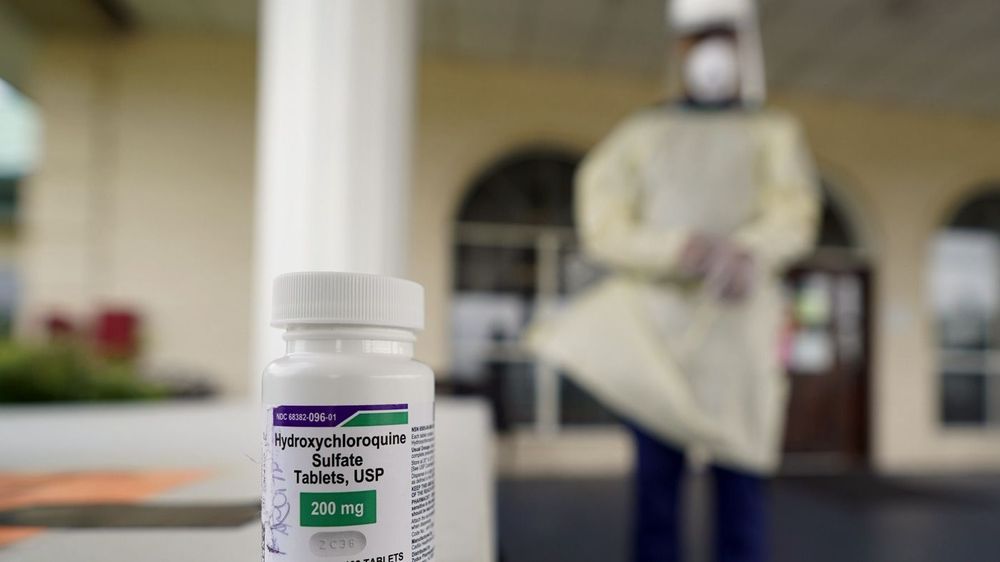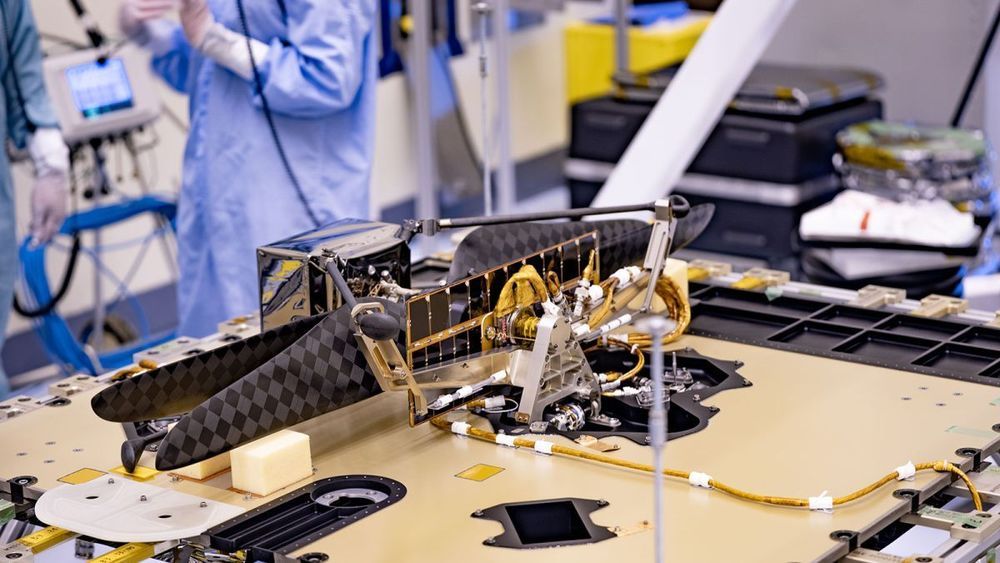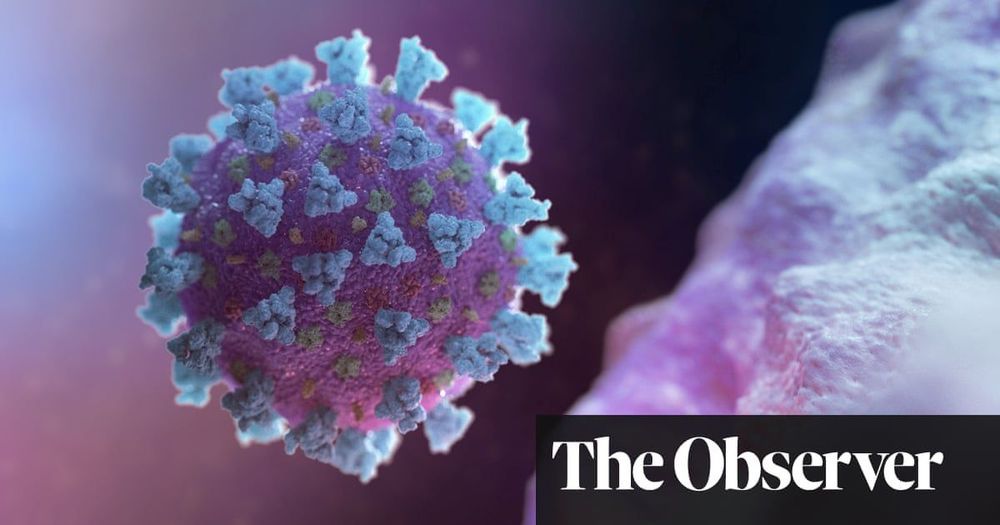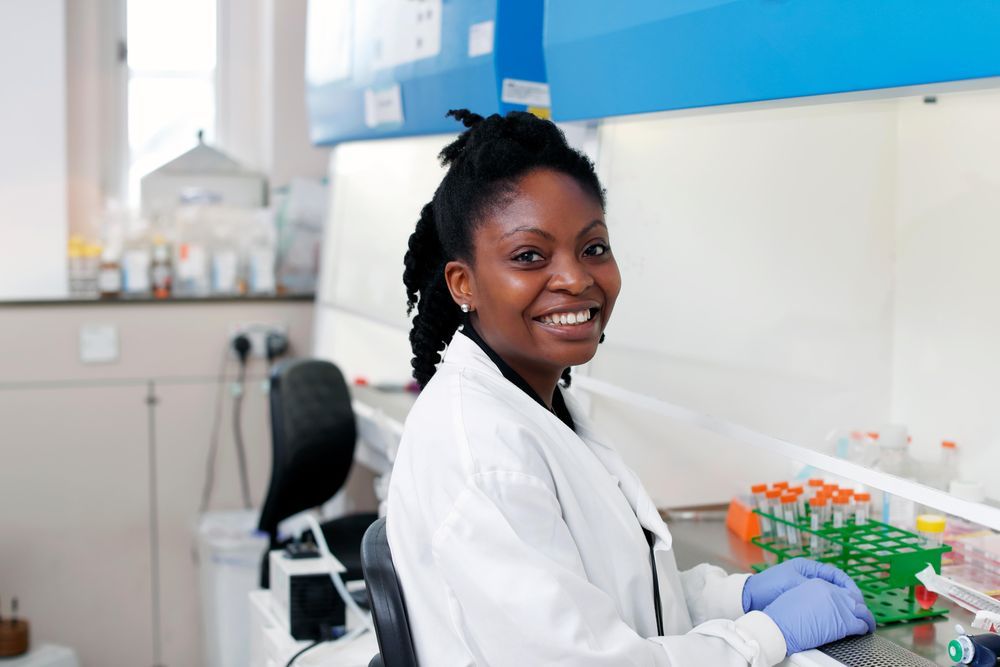The real future may be more Amazon and less androids, but the dystopian power dynamics are hard to miss.



Okay now I agree that Hyroxychloroquine works. Ventilators have a mortality rate of 80% yet people keep trashing this drug, while people like that French doctor say it works.
Doctors at nursing home: “It’s actually going well. People are getting better,” Armstrong told NPR, adding that after just a handful of days, some of the 39 patients on the medication are showing signs of improvement.”
“Paid Professionals:
But scientists argue that relying on observational, uncontrolled evidence can be misleading and that the only way to truly prove a drug is working is through carefully controlled clinical trials. And, contrary to Armstrong’s assertion that hydroxychloroquine “has virtually no side effects,” it is known to have serious negative health impacts. That is why so many in the medical community worry about prescribing it without such proof.



Featured Image Source: NASA
NASA has been highly dependent on booking Russian spacecraft for almost a decade. Ever since the Space Shuttle fleet was grounded in 2011, the United States has not conducted manned flights to space. Amid the Coronavirus pandemic, a final Russian Soyuz rocket launched a NASA Astronaut for the last time to the International Space Station (ISS). On April 9, the Soyuz-2.1 rocket lifted off from the Baikonur Cosmodrome in Kazakhstan, Russia, at 4:05 a.m. Eastern time. Then the Soyuz MS-16 spacecraft was deployed into orbit about 9 minutes later. After a 6-hour trip, the spacecraft docked to the orbiting laboratory. Onboard the Soyuz spacecraft were American Astronaut Chris Cassidy, and Russian Cosmonauts Anatoly Ivanishin and Ivan Vagner. They all makeup Expedition 63, the crew will stay at the orbiting laboratory for 6 months. Due to the coronavirus, staff during the launch was limited in order to avoid spreading the COVID-19 respiratory illness. Governments from across the world have issued ‘stay at home’ orders to avoid straining healthcare systems. NASA and Roscosmos took extra precautions by limiting contact with Astronauts so they would not take any illnesses to ISS. “I knew I was going to be in quarantine these two weeks, but what’s really different is everybody else around us is in quarantine, too,” Cassidy said in a prelaunch interview on NASA TV. “It’ll be a really, really skeletal crew in the Baikonur Cosmodrome, which will be quite different.”
After the successful Soyuz launch, NASA Administrator Jim Bridenstine stated:

Elon Musk has revealed the reason behind Tesla’s cabin-facing camera that has been in the Model 3 for years without being used.
When Tesla launched the Model 3, it equipped the vehicle with a standard cabin-facing camera located in the rearview mirror.
It has been almost 3 years since Tesla brought the vehicle to production and this camera, which is included in every Model 3, has remained dormant.


